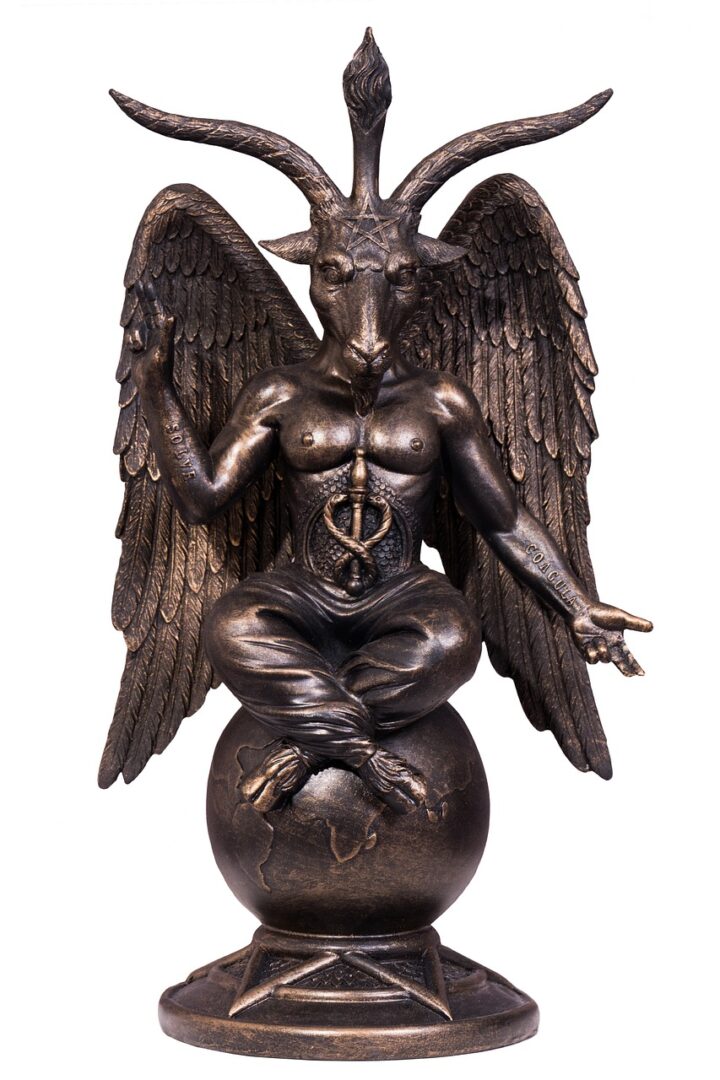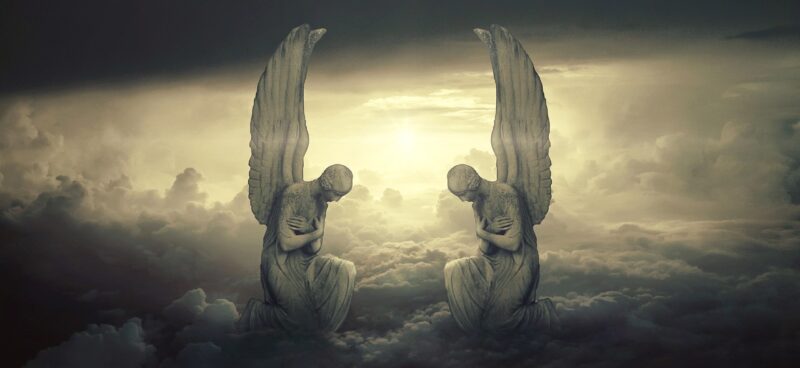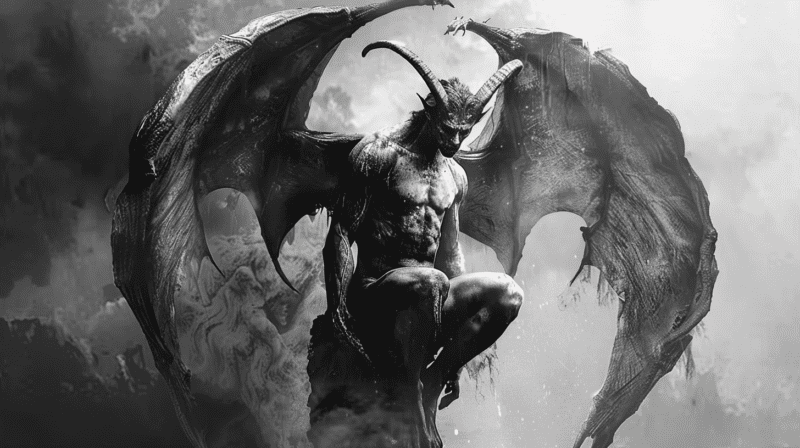The History and Symbolism of Baphomet: Unveiling the Mysteries
Baphomet, a figure shrouded in mystery and controversy, has captivated the imaginations of many. With its origins rooted in the Middle Ages and its association with Satanism and the occult, Baphomet has become a symbol that both intrigues and unsettles. In this article, we will delve into the history and symbolism of Baphomet, shedding light on its enigmatic nature. Join us on this journey of discovery as we unravel the secrets of Baphomet.
The Origins of Baphomet
The name “Baphomet” first appeared in the trial transcripts of the Inquisition of the Knights Templar in 1307. The Knights Templar, a Christian order formed during the Crusades, were accused of heresy and various other crimes. The alleged idol that the Templars worshipped was known by the name Baphomet during these trials. However, the true origins of the term Baphomet remain uncertain.
Scholars speculate that the word Baphomet may have been derived from various sources. One theory suggests that it could be a corruption of the Arabic term “Muhammad,” as the Templars had contact with Islamic cultures during the Crusades. Another theory links the name to the Greek words “baphe” and “metis,” meaning baptism and wisdom, respectively. These connections highlight the diverse influences that may have contributed to the creation of the concept of Baphomet.
Baphomet in the Templar Trials
During the Templar trials, Baphomet was described as an anthropomorphic idol, often depicted as a bearded figure with the head and legs of a goat and the body of a human. The accusations against the Templars included worshipping this idol and engaging in blasphemous rituals. However, it is important to note that these allegations were made under torture, and the truth behind them remains a subject of debate.
The association between the Templars and Baphomet sparked intrigue and fascination in the following centuries. It fueled speculation and led to various interpretations of Baphomet’s true identity and significance. Some occultists and scholars have attempted to connect Baphomet to ancient mystical traditions, such as the Gnostics and the Templars themselves. Others have viewed Baphomet as a deity or a demonic entity.
The Transformation of Baphomet: Éliphas Lévi and the Sabbatic Goat
In the 19th century, the occultist Éliphas Lévi played a pivotal role in shaping the modern image of Baphomet. In his book “Transcendental Magic: Its Doctrine and Ritual,” Lévi introduced an illustration that would become synonymous with Baphomet—the Sabbatic Goat. This humanoid figure, also known as the Goat of Mendes, embodied the concept of duality and symbolized the equilibrium of opposing forces.
Lévi’s depiction of the Sabbatic Goat featured a hermaphroditic winged figure with the head and feet of a goat and the torso of a human. The figure was adorned with various esoteric symbols, representing the balance between male and female, good and evil, and other dichotomies. Lévi intended this image to represent his concept of balance and the pursuit of perfect social order.
Baphomet and the Church of Satan
The association between Baphomet and Satanism gained prominence with the emergence of the Church of Satan in the 20th century. The Church of Satan, which Anton LaVey founded in 1966, adopted Baphomet as a symbol of disobedience, individualism, and the rejection of superstition. It should be noted that the Church of Satan is a nontheistic organization, focusing on the philosophy of Satanism rather than the worship of a literal Satan.
The adoption of Baphomet by the Church of Satan brought the symbol into the public consciousness, solidifying its association with Satanic imagery. The Church of Satan’s use of Baphomet as a symbolic representation of their beliefs sparked controversy and fueled misconceptions about the true nature of Satanism.
The Symbolism of Baphomet
Baphomet’s symbolism is rich and multifaceted, reflecting the diverse influences that have shaped its meaning over the centuries. It represents the union of opposites, the balance between light and dark, masculine and feminine, and other dualistic aspects of existence. Baphomet embodies the concept of transcendence, encouraging individuals to embrace their own individuality and pursue personal enlightenment.
The image of Baphomet has been interpreted in various ways by different occult and mystical traditions. Some see Baphomet as a representation of hidden knowledge and enlightenment, while others view it as a symbol of rebellion and defiance against societal norms. Regardless of the interpretation, Baphomet continues to captivate and inspire those who seek to explore the mysteries of the occult.
The Legacy of Baphomet
Baphomet’s legacy extends beyond its association with the Knights Templar and the Church of Satan. It has become an iconic symbol that transcends religious boundaries and resonates with individuals who value personal freedom, intellectual curiosity, and the pursuit of spiritual enlightenment. Baphomet serves as a reminder that the search for truth and meaning is a deeply personal and transformative journey.
In conclusion, Baphomet remains an enigmatic figure, steeped in history and symbolism. Its origins can be traced back to the Templar trials, but its true meaning and significance continue to elude us. Whether seen as a representation of duality, a deity, or a symbol of rebellion, Baphomet has left an indelible mark on the world of the occult and continues to inspire those who dare to explore the mysteries of the unknown.
Note: The information presented in this article is for educational purposes only and does not endorse or promote any specific belief system or religious practice.






